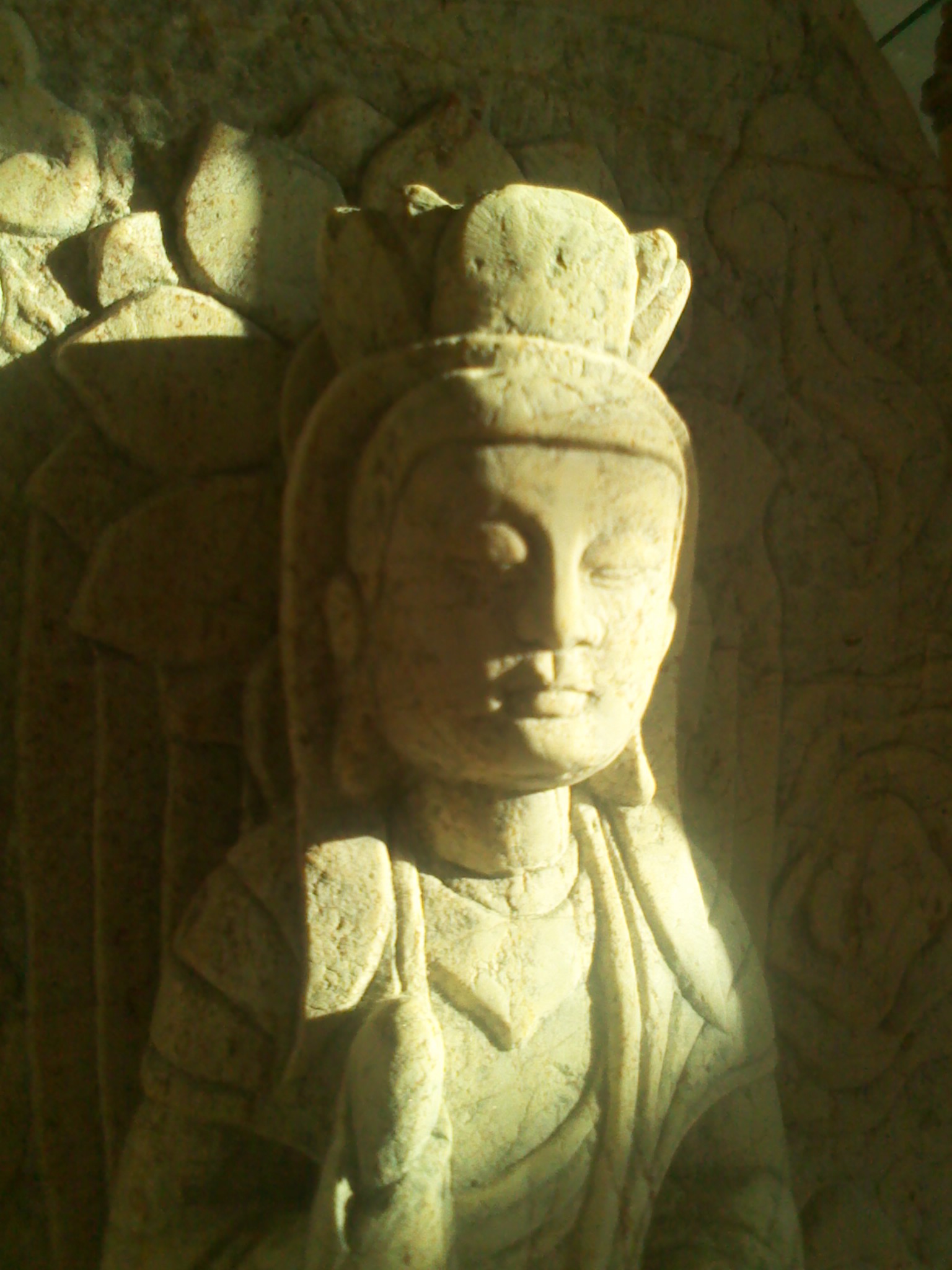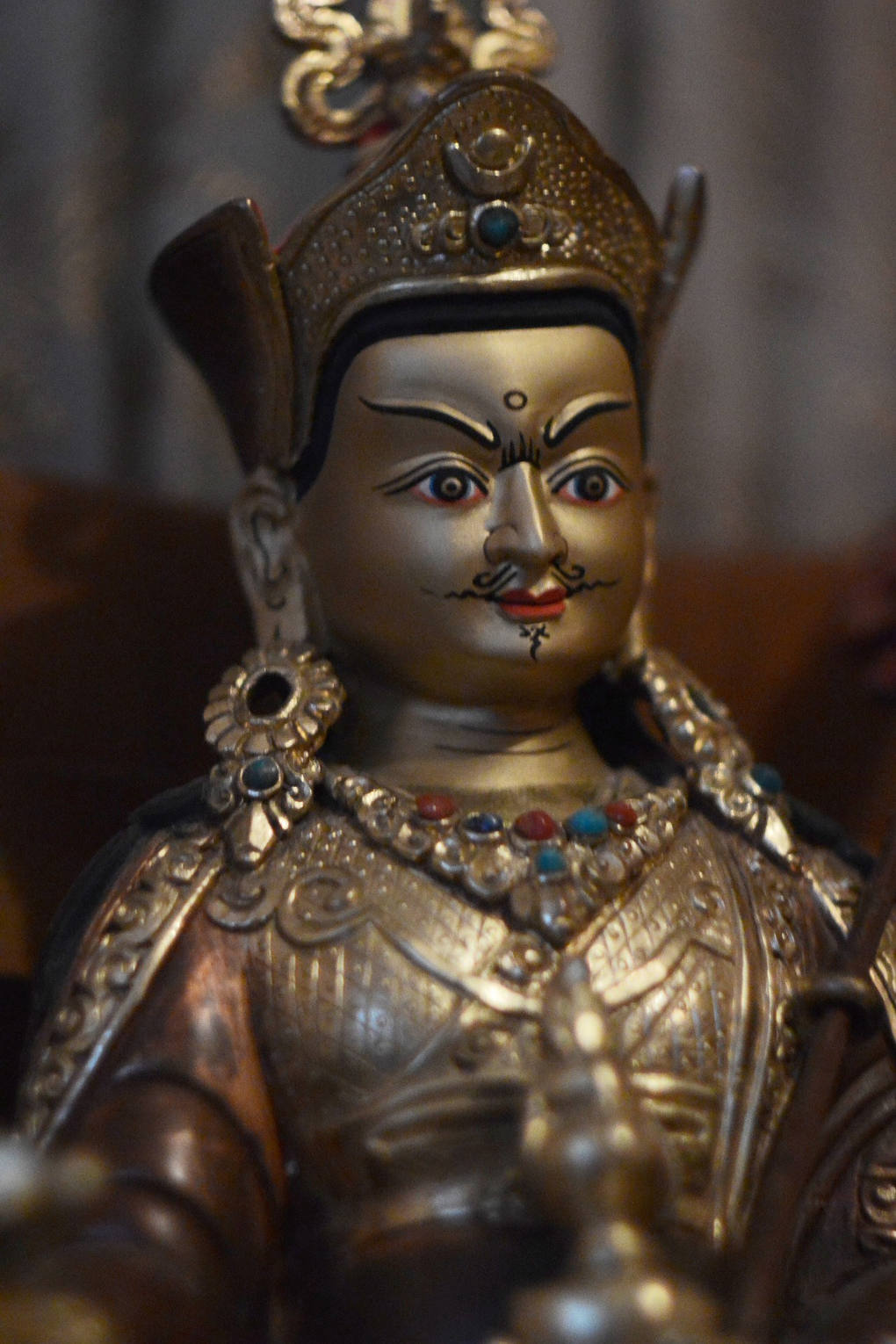Reiki Courses
from the Buddhist Perspective
for Your Exceptional Purpose

Origins of Reiki
The source of the Reiki system of healing that has come to the West had originated through a Japanese healer, Mikao Usui (1865-1926).
Many of the Western Reiki practitioners had suspected that this powerful system of healing had Buddhist origins, especially as the name of one of the symbols used in the empowerments occurs in Zen Buddhism to refer to the Buddha-nature or Clear Light Mind.
Mikao Usui, himself, came from a Buddhist family background in the esoteric Tendai tradition. This also reinforces the phenomenon of compassion that is enlivened after Reiki empowerments.
Before we delve into the Buddhist sources of Reiki
let’s take a look at the Charter for Compassion
initiated by Karen Armstrong
Kerrie Redgate’s podcast: Your Exceptional Purpose | Astrology
This episode contains some revelations about your Heart
and how you can consciously control the quality of energy in your body from minute to minute.
Also available on most podcast platforms. (You can leave a review or rate it on Apple Podcasts.)
Buddhist Origins
It’s now accepted that our absolute source of the Reiki teachings dates back to the historical Buddha, Siddhartha Gautama (probably 563-483 B.C.E). The essence of Siddhartha’s teachings were about compassion and the wisdom that leads to great compassion.
Even though there were other influences (including Japanese martial arts, themselves entwined in Buddhist and Taoist roots from their Chinese sources via the 5th century Indian monk, Bodhidharma), Reiki appears to have been based principally on the Tantric (system of Buddhist Yoga) level of Buddhist teachings, known as the Vajrayana (Sanskrit for ‘Diamond Vehicle’, also referred to as the ‘Adamantine Path’) and Mikkyo (‘The Secret Teaching’) in Japan.
Siddhartha’s original discourses could be assimilated at several levels, and he taught different practices according to the mentality and awareness of the people within each assembly he faced.
It was at the great Nalanda University in northern India, from approximately the 2nd century AD, that three distinct ‘vehicles’ (or levels) of Buddhist teachings and practices were established. This is not to say that we must choose between these vehicles for our personal study, as all three together complete the Buddha’s teachings and have been designed to advance us toward enlightenment, when followed diligently.
Three Vehicles
THE FIRST VEHICLE of Buddhist practice was known as Hinayana, or ‘Small Vehicle’, and is now more widely known as Theravada, meaning ‘The Teaching of the Elders’.
In this system one works toward one’s own enlightenment and liberation from samsara (the cycle of birth and death and rebirth), to eventually become an Arhat (‘worthy one’) who does not return after this life.
The Theravada covers all the basic, essential teachings of the Buddha (such as the Noble Eight-Fold Path, Four Noble Truths, and Dependent Origination) and is the foundation for the more philosophically complex levels.
Some Buddhists value scholarship and philosophy over meditation practice while engaging in both; and others rely more on meditation, with only the basic structure of the Teachings as their guide. Siddhartha Gautama, the Buddha, understood the diversity of human awareness and endeavour, and created various paths to Enlightenment for everyone.
THE SECOND VEHICLE, the Mahayana (‘Great Vehicle’), focuses on the Bodhisattva Path.
This places an emphasis on compassion whereby, unlike the arhat, the bodhisattva vows to return for countless lives, to assist all other beings to find liberation. This vow represents the ultimate detachment from our clinging to a ‘self’.
The Mahayana is a natural extension of the Hinayana teachings, and involves the practices of the Six Paramitas (also known as the ‘Six Perfections’), being trainings in higher virtues (for a succinct description, see the Six Paramitas page from The Amitabha Buddhist Retreat Centre Australia website; I also have flower essence formulas to assist with the development of these specific virtues (see my Bodhimind Essences website).
THE THIRD VEHICLE, the Vajrayana (sometimes also known as Mantrayana, due to the use of mantras, employing sacred syllables and phrases—Tantric teachings and methods, being the essence of Vajrayana) is the crowning glory of the Mahayana teachings, and is considered the ‘quick path’ to enlightenment (once one has spent lifetimes practising Mahayana disciplines!).
This path involves mystical ritual practices of the highest psychological and spiritual value. In fact, it is from the meditations of Buddhist Tantra that the New Age Movement borrowed the concept of ‘creative visualisation’ to alter one’s mind-set.
However, not all Buddhists practise the Vajrayana path. Due to the profound power of the Vajrayana (which entails working with the mind in extraordinary ways, and also with the subtle energy channels of the body), these teachings had necessarily remained hidden and were offered to advanced initiates only.
This was to both safeguard their integrity from egoistic abuse, and to prevent damage to minds that were not yet ready for the profound shift in consciousness one must encounter in order to assimilate these teachings—shifts that may, ironically, perhaps be a little easier to achieve in the West, due to our own revelations (albeit intellectual) regarding quantum theory and the energy/matter/consciousness interchange.
Beyond India
Padmasambhava, historical Buddhist Master
Not long before these Tantric teachings had almost completely disappeared from India, they took root in Tibet (largely due to the powerful influence of Padmasambhava, the great 8th century siddha); and also in China, where they were preserved for over a thousand years before the recent Chinese Communist Revolution had wiped them from ‘The Motherland’. The Government of China has attempted to do the same in Tibet through its invasion and subsequent occupation of the Tibetan Plateaux, from 1950 to the present time.
There were two main schools of esoteric Buddhism in ancient China, the first being founded in the 6th century under the title T’ien-t’ai (‘School of the Celestial Platform’), based principally on the doctrine from the Lotus Sutra and Nagarjuna’s teachings on ’Emptiness’ (Sanskrit: shunyata), while synthesising many of Buddha’s doctrines within the one school.
The other Chinese esoteric school was founded in the 8th century and named Mi-tsung (‘School of Secrets’), based on the Mahavairocana Sutra, and utilised mantras, mudras, and mandalas. The Mi-tsung also employed more complex empowerment ceremonies (Sanskrit: abisheka, literally ‘anointing’ or ‘sprinkling’ of water; Japanese: kaji, meaning ‘mystic power’; Tibetan: angkur, literally ‘communication of power’).
Japan
In 804 CE, two Japanese monks travelled independently on separate ships to T’ang China to study, and to bring back to Japan sacred Buddhist texts (originally translated from Sanskrit Indian sutras and tantras). One of these monks was Kukai (posthumously known as Kobo Daishi (774-835 CE), who established the Shingon Tantric school of Buddhism in Japan, from the teachings of the Mi-tsung in China.
The other Japanese monk was Saicho (767-822), known posthumously as Dengyo Daishi, who arrived in China in 804 and later established a Japanese branch of the Chinese T’ien-t’ai school of Buddhism under the Japanese rendition Tendai, also incorporating aspects of Chan (Zen) Buddhism and Japanese Shinto.
It is from the teachings within these two Tantric level schools
that the Reiki system of healing is thought to have evolved.
These sects are still in existence in Japan today.
Mikao Usui
Mikao Usui and his family are known to have been Tendai Buddhists. This became evident when Reiki Master Frank Arjava Petter had found Usui’s gravestone and memorial stone in Japan, with the Tendai inscription; and some of Usui’s original Reiki students are still alive today and are telling their stories finally to Western Reiki Masters such as Bronwen and Frans Stiene.
There can be no doubt of Usui’s background in esoteric Buddhism, and of the Buddhist references contained within the four Reiki ‘symbols’, being the transformational forces in the Reiki empowerments we still use today.
Buddhist Tantric empowerments have always been offered only by a qualified Buddhist Lama or Bonze.
So . . . should lay practitioners be giving Reiki empowerments at all?
This has been a difficult issue for me, personally, as Usui’s Reiki system has its roots in the Tantric Buddhist teachings, and while I have taken lay Buddhist vows within the Tibetan Tantric system, I am not an ordained member of the Buddhist sangha (community of monks and nuns).
So, after much consideration, I finally came to the conclusion that for the sake of those who are genuinely drawn to the Buddhist philosophy, it would seem more appropriate that practicing and committed Buddhists were teaching Reiki rather than it being presented without the respect for, and acknowledgement of, its sacred Buddhist roots. It’s also important for Reiki students to have immediate access to at least a humble introduction to the teachings involved.
I have always encouraged my Reiki students to study Buddhist teachings with a qualified Lama or Bonze or Roshi, and am happy to offer any guidance in the direction of available teachers from various lineages of Buddhism, not only in the Tibetan traditions, but also including Zen and Theravada.
I hope you may be inspired by an exploration of some of the Buddhist Teachings, as this will enhance your understanding of Reiki as a healing of the Mind & Heart.
Blessings & Blissings to you!
“Kerrie’s Reiki courses are an amazing experience you will never forget! Kerrie creates a warm, ambient, friendly atmosphere. With Kerrie’s bountiful knowledge, wisdom and insights, you not only learn an incredible healing skill that you will have for life, but so, so much more.
“You learn a sacred skill in a reverential atmosphere, yet at the same time, you have so much fun, that when the course comes to an end, you just don’t want to leave!”
Keep up to date with Kerrie’s availability
and her book launches by joining her
Exceptional Purpose Resource
newsletter list
A note about Koi (Japanese for Carp fish) —
A colorful river fish with determination to fight against the current, even climbing waterfalls — traditionally a symbol in Buddhism of the courage to overcome suffering and obstacles in reaching the goal of the Bodhisattva Path for the benefit of others.
In Chinese Feng Shui, the Carp is a most auspicious symbol of the abundant flow of universal life force energy (which of course is Reiki in Japanese).


